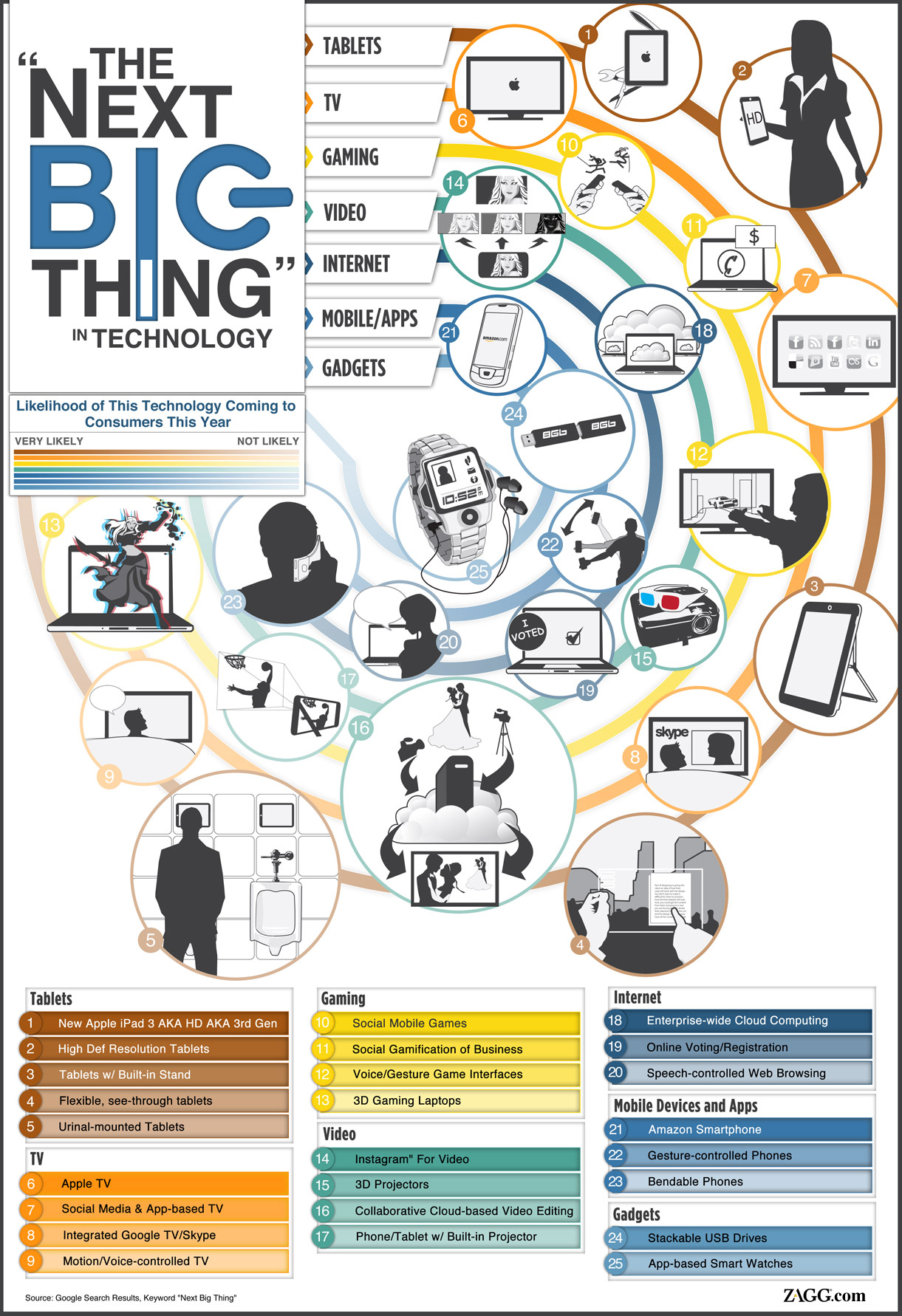Discovering The Next Big Thing: Mapping Promising Business Locations

Table of Contents
Analyzing Market Demographics and Trends
Identifying the ideal location starts with understanding your target market. This involves a deep dive into market demographics and current trends to pinpoint areas ripe for your business.
- Identify target customer demographics: Who are your ideal customers? Understanding their age, income levels, lifestyle, family status, and other relevant demographics is crucial. Consider using tools like demographic mapping software to visualize this data geographically.
- Research market trends and growth potential: Which sectors are experiencing growth in specific areas? Are there emerging trends that align with your business model? Analyzing this data helps you identify promising business locations with high growth potential.
- Utilize market research data and tools for detailed analysis: Don't rely on assumptions. Use reliable data sources like census data, market research reports (e.g., IBISWorld, Statista), and local chamber of commerce information. These sources offer valuable insights into consumer behavior and market dynamics.
Identifying Underserved Markets
Finding areas with unmet needs or underserved demographics can create unique opportunities. Look for locations where your products or services fill a gap in the market, giving you a competitive advantage. This might involve serving specific niche markets or expanding to areas with limited competition.
Competitive Analysis
Before settling on a location, conduct a thorough competitive analysis. Identify your existing and potential competitors in the area. What are their strengths and weaknesses? How can you differentiate yourself? Understanding the competitive landscape helps you make informed decisions about location selection and business strategy. Consider factors like market share, pricing strategies, and customer loyalty.
Assessing Infrastructure and Logistics
The infrastructure and logistics surrounding a potential location are vital for business success. Easy access to transportation, reliable utilities, and a streamlined supply chain are essential for efficiency and cost-effectiveness.
- Evaluate accessibility: Proximity to major transportation hubs (airports, train stations, ports), highways, and public transit is crucial for both customers and employees. Consider the ease of commuting for your workforce.
- Consider utilities: Ensure reliable access to electricity, water, gas, and high-speed internet. Interruptions in these essential services can severely impact your operations.
- Analyze zoning regulations and potential development restrictions: Research zoning laws to ensure your intended business use is permitted in the area. Consider potential future development restrictions that may impact your business.
Cost of Doing Business
Operating costs vary significantly across different locations. Compare rental costs, property taxes, labor costs, and other operational expenses to identify the most cost-effective locations for your business.
Supply Chain Considerations
Analyze the proximity to suppliers, distributors, and manufacturing facilities. Efficient supply chain management is critical for minimizing transportation costs and ensuring timely delivery of goods and services. Consider the accessibility to suppliers and the ease of distribution networks in potential locations.
Evaluating Local Regulations and Incentives
Navigating local regulations and understanding available incentives are key to minimizing costs and maximizing your business's potential.
- Research local taxes, permits, and licenses required for business operation: Understand the specific tax rates, permit fees, and licensing requirements for your business type in different locations. This information is crucial for accurate budgeting and compliance.
- Identify available government grants, tax breaks, and other incentives for businesses: Many local and regional governments offer incentives to attract new businesses. Research potential grants, tax credits, or other financial assistance that could reduce your start-up and operating costs.
- Understand local environmental regulations and compliance requirements: Familiarize yourself with environmental regulations and ensure your business operations comply with local laws.
Understanding Local Regulations
Thoroughly research local ordinances, zoning laws, and building codes to avoid costly delays and potential legal issues. This often involves checking with the local planning and development departments.
Seeking Local Government Support
Engage with local government agencies to understand available resources and support. They can offer guidance, networking opportunities, and potentially valuable connections.
Utilizing Technology for Location Mapping
Technology plays a significant role in identifying promising business locations. Leveraging mapping tools and data analytics can significantly enhance your decision-making process.
- Leverage GIS (Geographic Information System) software for data visualization and analysis: GIS software allows you to map and analyze various datasets, such as demographics, competition, and infrastructure, visually identifying ideal areas.
- Utilize online mapping tools to identify key demographics, competition, and infrastructure: Tools like Google Maps, Bing Maps, and other mapping services offer valuable insights into population density, competitor locations, and accessibility to transportation.
- Employ data analytics to identify correlations between location factors and business success: Analyzing data from various sources can uncover hidden correlations that might not be apparent through traditional methods.
Data-Driven Decision Making
Base your location selection on data-driven analysis, reducing reliance on intuition and assumptions. This approach ensures you make informed choices backed by concrete evidence.
Optimizing Location Selection Using Technology
Combine different data sets – demographic data, infrastructure information, competitor locations, and cost data – to optimize your location selection using various technological tools. This integrated approach provides a holistic view of potential locations.
Conclusion
Mapping promising business locations requires a strategic approach, combining market research, logistical analysis, and technological tools. By carefully considering demographics, infrastructure, regulations, and incentives, you can significantly improve your chances of finding the ideal location to propel your business forward. Don't let location be a limiting factor—start exploring the possibilities and discover the next big thing by effectively mapping promising business locations today!

Featured Posts
-
 Ubers New Pet Policy In Mumbai How To Book A Ride With Your Furry Friend
May 19, 2025
Ubers New Pet Policy In Mumbai How To Book A Ride With Your Furry Friend
May 19, 2025 -
 Fallecimiento De Leyenda Del Tenis El Sentido Pesame De Rafa Nadal
May 19, 2025
Fallecimiento De Leyenda Del Tenis El Sentido Pesame De Rafa Nadal
May 19, 2025 -
 Inscripcion De Candidatos Al Cne Fecha Limite Para No Primarias
May 19, 2025
Inscripcion De Candidatos Al Cne Fecha Limite Para No Primarias
May 19, 2025 -
 Ncaa Tournament Lipscombs Past Performances And Future Predictions
May 19, 2025
Ncaa Tournament Lipscombs Past Performances And Future Predictions
May 19, 2025 -
 Final Destination Bloodline And The Potential For A Major Retcon
May 19, 2025
Final Destination Bloodline And The Potential For A Major Retcon
May 19, 2025
